GCSE Eng Lit pupils are doing well from dance this season with two set books told in the medium of dance, Arthur Miller’s The Crucible and William Golding’s Lord of the Flies, and even Dylan Thomas gets a look in. As the two stories have similar dynamics and dramatic themes, it was fascinating to see both in a single week and witness how mightily one succeeded and the other did not.
Matthew Bourne is so famed as a rewriter of classical ballets that one might underestimate the boldness of imagination that underlies them. He showed his full daring in his stylish and sinisterly amusing riff on amoral Sixties London, Play Without Words, a few years back, and now again in Lord of the Flies we see a production more sobering and menacing than his family shows (such as Edward Scissorhands, taking the Christmas slot at Sadler’s Wells this year). Lord of the Flies is now winging its way through the country, where you should try to get to it, to see the mute force of the physical as a motivator of human decision-making.
It reminds you that what was so mesmerising about Bourne’s Swan Lake — despite its glamorous sexual ambivalence — was the demonstration that the male swans would kill any of their number who tried to break out. In Golding’s schoolboys, cast away beyond civilisation, prey to their hormones and their desperation to survive, Bourne has found another essay about the psyche of the child, and particularly boys, always his keenest strength. Dance shows what words can’t tell so well — how boys can get drunk on their own animal power and turn feral. In the current zeitgeist it is horribly moving.
Even more so because Bourne (as director) has not only men dancing as the schoolboys, but small boys too, recruited from local schools as the production travels. As a result you see some uncomfortably realistic physical bullying of the weak by the strong (London’s young lads last week were utterly convincing), as well as a gruesomely bleeding pig’s head. That the boys seem abandoned inside a wrecked ship rather than on an island cleverly alters the design of the fantasy from heat and light to darkness, ghosts and torches inside creaking metal, all brilliantly fused by Lez Brotherston (design), Chris Davey (lighting) and Terry Davies. Davies’s score melds echoes of choirboys with ecstatic jungle beats, religion overlaying voodoo — and I loved the replacing of the conch with a drumstick and a Shell oil barrel. Clever, that.
The belting choreography is by Bourne’s colleague Scott Ambler (the Prince in the original Swan Lake), showing a formidable command of the body-language of Boys’ Own pretend-soldiers and the fragmenting incoherence of violence. Danny Reubens puts in a startlingly charismatic turn as the manic, blood-rapt Jack, and the sudden reversion by the boys, on being rescued, is heartbreakingly staged, the murderous older ones suddenly kids again, longing for home. Unforgivable, surely. Or not? Bourne nails that absolutely.
The Crucible has similar features — mob hysteria, the atavistic power of the child to subvert adult order — but Helen Pickett’s one-act attempt for Scottish Ballet never fires up. She’s been too timid about editing a choice of ingredients from Miller’s complex story, and there are far too many characters to keep track of (a mistake Cathy Marston didn’t make last year with her fine Witch-hunt for Bern Ballett). Her use of ballet-lite lacks the imagination to manage any urgent contrast between heedless possession and Puritan strictness. Poor Eve Mutso as Elisabeth Proctor has to be either weepy or horrified; Sophie Martin’s Abigail is squatty and lusty; Revd Parris constantly gestures the hangman’s noose. The musical mishmash bafflingly incorporates some iconic chunks of Bernard Herrmann’s Vertigo and then wastes them on unimportant bits of action. The programme’s other half, Christopher Bruce’s Ten Poems, setting Dylan Thomas as fruitily read by Richard Burton, shows Bruce’s pedigree, providing ten pleasing miniatures of human experience. He just about avoids Mickey-Mousing the words, by choreographing more to the sweep and tempo of the Burton voice.
Finally, too briefly, a warm welcome to Boy Blue Entertainment, Kenrick Sandy’s London streetdance company, who fastened on Japanese comics for an effervescent new hip hop production The Five & The Prophecy of Prana, which you can just catch as its UK tour ends this week. The plot is, as in videogames, only an excuse for Yeast Culture’s eye-catching video decor and a smashing comic-book soundtrack by Michael ‘Mikey J’ Asante. Clumsy scene changes mar it, but the cod-orientalism adds even more relish and spice to the pow-zap vitality of the dancers, ranging from Tommy Franzen’s mercurial brilliance to the elastic spider woman of Michèle ‘Paleta’ Rhyner. Great fun.
Got something to add? Join the discussion and comment below.
Get 10 issues for just $10
Subscribe to The Spectator Australia today for the next 10 magazine issues, plus full online access, for just $10.

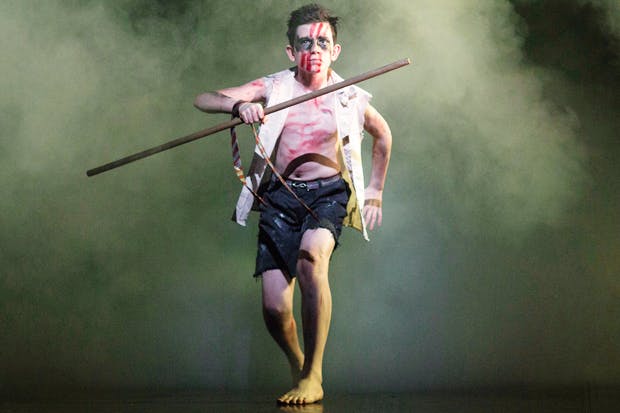
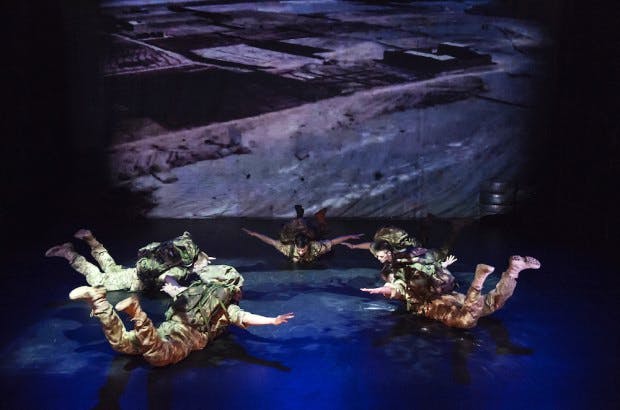
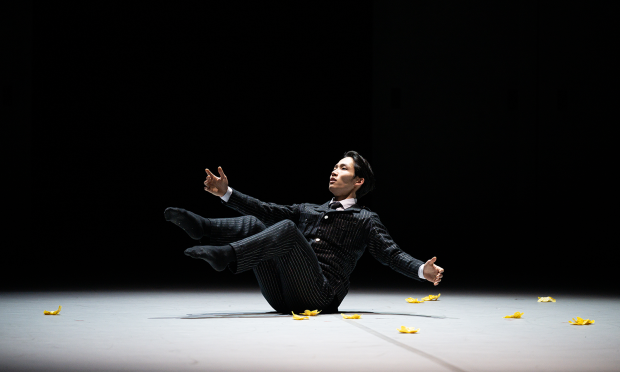
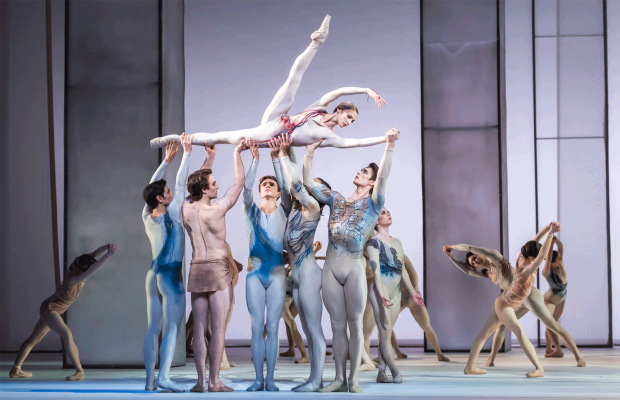

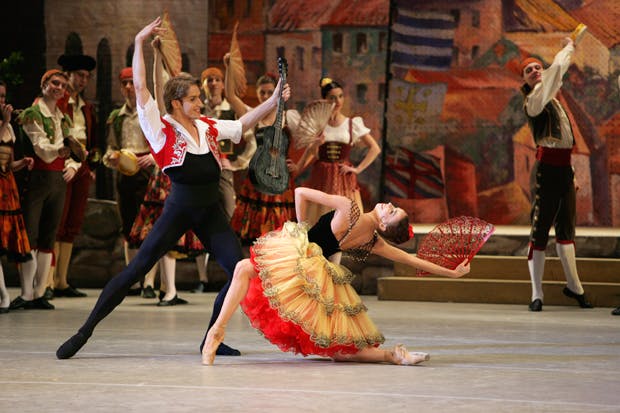
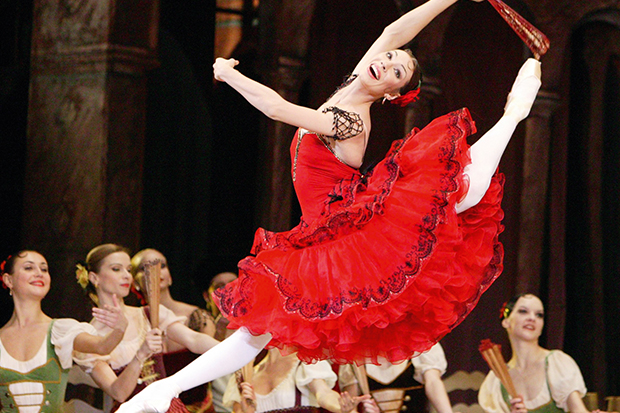






Comments
Don't miss out
Join the conversation with other Spectator Australia readers. Subscribe to leave a comment.
SUBSCRIBEAlready a subscriber? Log in